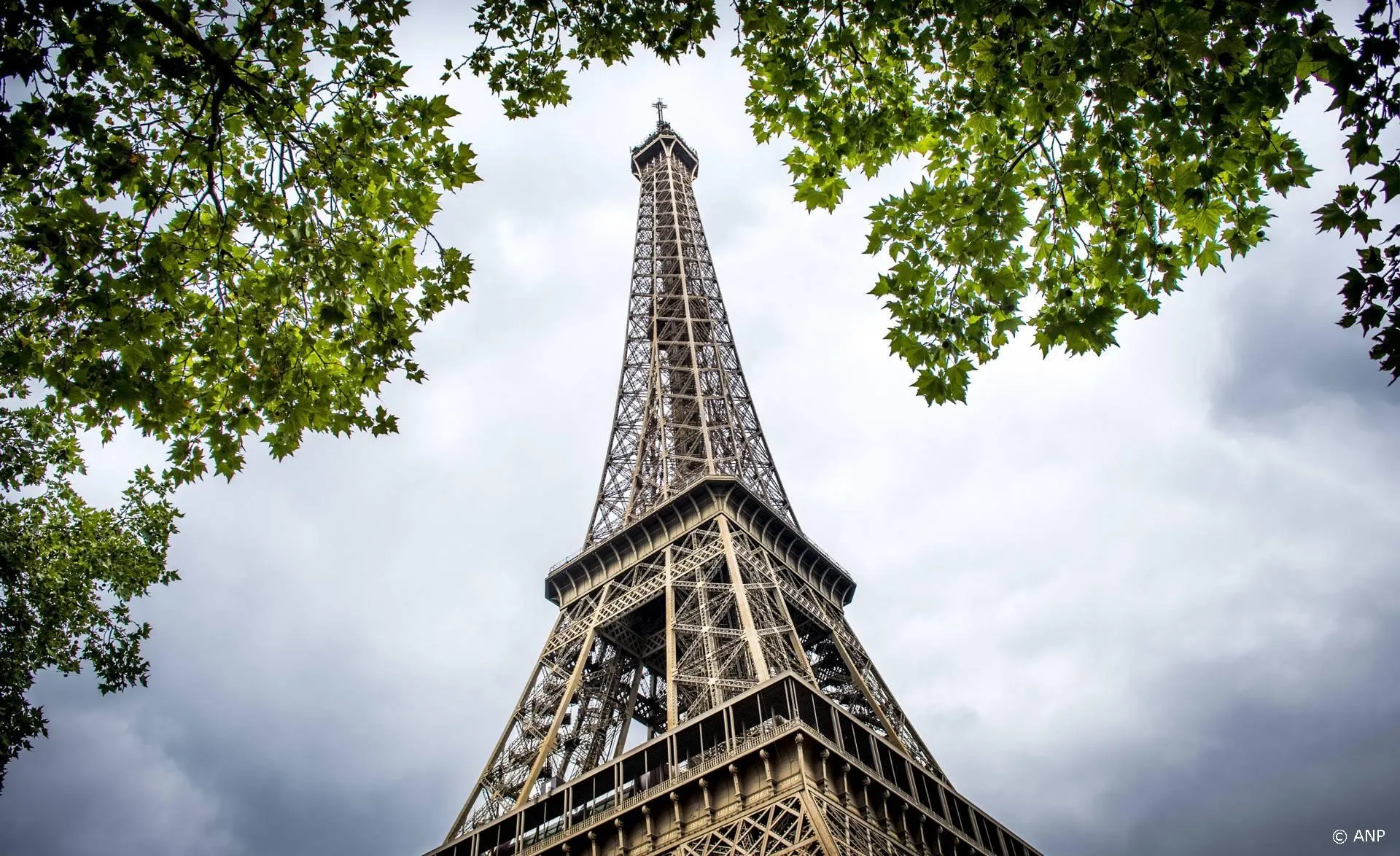Volgens nieuwe zonnehypothese zou er binnenkort afkoeling moeten komen
Jo Nova rapporteert.
Ik heb reeds vele malen eerder aandacht geschonken aan het blog van de Australische wetenschapsjournaliste Jo Nova. (Zie bijvoorbeeld hier: Supernova.) De resultaten van haar recente 'pillow talk' met haar echtgenoot, een van de meest vooraanstaande klimaatsceptici in Australië, David Evans, zijn opmerkelijk.
Onder de titel, 'BIG NEWS VIII: New solar theory predicts imminent global cooling', vat zij de inhoud van een serie 'postings' die hij over een nieuwe zonnehypothese heeft geschreven, als volgt samen:
To recap using an optimal Fourier Transform, David Evans discovered a form of notch filter operating between changes in sunlight and temperatures on Earth. This means there must be a delay probably around 11 years. This not only fitted with the length of the solar dynamo cycle, but also with previous independent work suggesting a lag of ten years or a correlation with the solar activity of the previous cycle. The synopsis then is that solar irradiance (TSI) is a leading indicator of some other effect coming from the Sun after a delay of 11 years or so.
The discovery of this delay is a major clue about the direction of our future climate. The flickers in sunlight run a whole sunspot cycle ahead of some other force from the sun. Knowing that solar irradiance dropped suddenly from 2003 onwards tells us the rough timing of the fall in temperature thats coming (just add a solar cycle length). What it doesnt tell us is the amplitude the size of the fall. Thats where the model may (or may not) tell us what we want to know. That test is coming, and very soon. This is an unusual time in the last 100 years where the forecasts from the CO2 driven models and the solar model diverge sharply. Oh the timing!
Ponder how ambitious this simple model is the complex GCMs only aim to predict decadal trends, and have failed to even do that. Here is a smaller simpler model proffering up a prediction which is so much more specific. The Solar Model has not shown skill yet in predictions on such short time-scales, though it hindcasts reasonably well on the turning points and longer scales. It cannot predict ENSO events, and obviously not aerosols, nor volcanoes. But if the notch-delay theory is right, the big drop coming is larger than the short term noise.
As we head to the UNFCCC meeting in Paris 2015 where global bureaucracy beckons, a sharp cooling change appears to be developing and set to hit in the next five years. Yet consortia of five-star politicans are not preparing for climate change, only for global warming. Around the world a billion dollars a day is invested in renewable energy, largely with the hope of changing the weather. Given that 20% of the world does not even have access to electricity, history books may marvel at how screwed priorities were, and how bureaucratized science cost so much more than the price of the grants.
As Bob Carter has been saying for a long time, politicians need to prepare for everything the climate may throw at us see Climate the Counter Consensus.
Aldus Jo Nova.
Heeft David Evans nu de Heilige Graal gevonden? Vooruitgang in de wetenschap is een moeizaam proces van vallen en opstaan. Het doet denken aan het kleed van Penelope.
De bekende Tsjechische klimaatscepticus Lubo Motl heeft vele uren op de nieuwe hypothese zitten ploeteren en is tot de conclusie gekomen dat deze niet deugt. Hier legt hij uit waarom.
Zijn kritiek staat vol formules, die ontoegankelijk zijn voor een breed lezerspubliek. Zijn conclusie is daarentegen weer wèl begrijpelijk:
If you ask about my guess, I am with Richard Lindzen and I do think that all the wiggles of the climate that are comparable to the changes in a decade or 20 years or to the changes by something modest of the order of 0.3 °C are due to the internal variability. These changes at these timescales are effectively "weather" which means that they're largely chaotic and you won't find any simple, demonstrably causal "external driver" that is responsible for all of them. Some people are obsessed with determinism so even if they abandon the dominantly CO2-driven theory of the climate, one which clearly disagrees with the empirical data, they still believe that there must be another equally clear driver of all the changes, by every tenth of a degree. But this isn't necessarily so. It's probably not the case. Many things just don't have deterministic causes and the weather isn't something that only affects the 1-day timescale. The significant effects of variable weather survive at much longer and possibly all timescales.
Only when the temperature changes become comparable to 8 °C, the difference between the interglacials' and ice ages' temperature, it's clear that most of the changes are externally driven, by the Milankovitch cycles rooted in astronomy. The evidence that the Milankovitch theory works, as clarified by Roe, is overwhelming. But in principle, all temperature changes that are substantially smaller than 8 °C may totally nicely be due to the "weather", some chaotic internal behavior of the Earth's atmosphere and the world ocean that admit no sharp predictive and no clearcut attribution.
Aldus Motl.
En zo gaat de wetenschappelijke zoektocht voort. Maar het zou toch verrassend zijn indien de temperatuur op korte termijn inderdaad substantieel zou gaan dalen, zoals vele astrofysici, maar dan vaak op basis van andere redeneringen dan die van David Evans, verwachten.
Voor mijn eerdere DDSbijdragen zie hier.
Ga verder met lezen
Dit vind je misschien ook leuk
Laat mensen jouw mening weten
Lees ook
Loading


